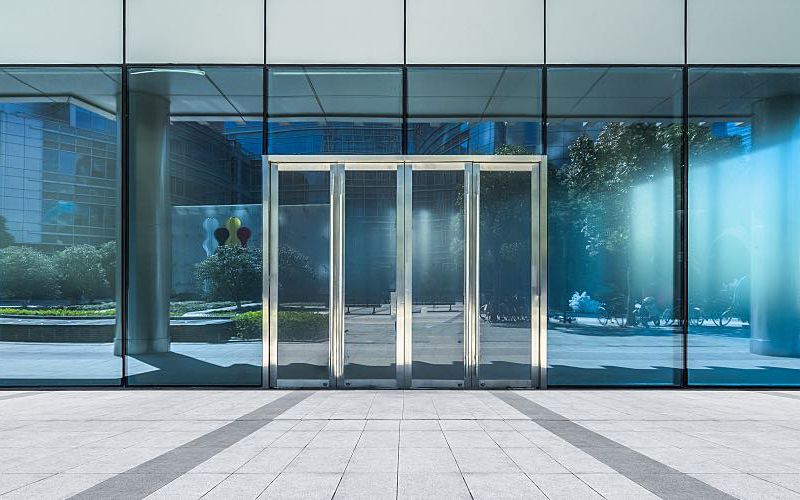Water Stagnation in Buildings: Assumptions Challenged by New Research


Throughout the COVID-19 pandemic, public health experts have warned that water stagnation due to changes in building use can lead to increased Legionella growth. Now, research scientists from the Swiss Federal Institute of Aquatic Science and Technology are urging building owners and managers to use a nuanced approach to water management to safely reopen for business.
Writing in the journal Environmental Science Water Research & Technology, William J. Rhoads and Frederik Hammes challenge long-held assumptions about the link between stagnation and Legionella pneumophila multiplication. The scientists show just how variable conditions can be from building to building. Their research underscores the importance of having a water management plan specific to the individual building. Testing samples to validate the plan's effectiveness is equally essential for safe reopening.
Rhoads and Hammes trace the assumption that stagnation causes Legionella growth to a frequently cited 1984 study that examined four boilers in a large building plumbing system. The tank with Legionella pneumophila growth actually had levels decrease after 12 months. Stagnation can certainly cause issues, but the blanket recommendation to "flush your pipes" isn't enough to reduce health risks.
Tailored Water Management Needed
According to Rhoads and Hammes, one of the main problems with the broad admonition to "avoid water stagnation" is that it overlooks highly variable conditions such as the design, use, and overall operation of a building. Your clients need to take these factors into account when developing or implementing a water management plan.
Water quality profiles in building plumbing systems are extremely dynamic, Rhoads points out. He cited a study of Legionella pneumophila levels in a large hospital system, where some outlets stabilized at temperatures hot enough to prevent growth or even disinfect Legionella, but other outlets experienced temperatures that could encourage the growth of the opportunistic pathogen.
Similar effects can be seen for disinfectant residuals in both hot and cold water systems. "In one building that I studied, it took 80 minutes of continuous flushing to achieve a disinfectant residual that was representative of the residual entering the distribution system," Rhoads recalled. "When we shut off taps, the disinfectant residual decayed very, very quickly."
Controlling Legionella growth becomes a function of how much the building owner flushes, the time between flushes, and their frequency. Seeing as embracing nuance can present a challenge for managers who may or may not have implemented a water management plan pre-pandemic, Rhoads also helped develop an international guide published in late 2020 that provides a decision-making framework for responding to building water system stagnation.
Addressing stagnation doesn't have to be complicated for your clients and may not even require intensive actions, such as shock disinfection. "The response should be highly tailored to individual buildings," Rhoads advised.
Water Testing Vital to Reopening
As vaccinations rise and buildings reopen following long periods of reduced occupancy, testing for Legionella remains crucial for validating your client's water management plan.
Zero detection isn't necessary to avoid issues with legionellosis or Legionnaires' disease, Rhoads said at the special virtual session hosted by NEHA/NSF in March. He pointed out that Legionella detection in potable water systems is relatively common, which can be useful for clients to know. "If you have just pure stagnation, eventually there will be nutrient limitation, and Legionella and other micro-organisms won't be able to grow," Rhoads explained. The water temperature in the online tanks studied was also often within the ideal range for bacterial growth.
At the same time, frequent Legionella detection can make it difficult for a building owner to differentiate between normal and high-risk levels, Rhoads continued. This is why testing matters. Your expertise in which samples to collect, where, how many, when, and the method to use will support the systematic, tailored approach he recommends.
Given the complexity surrounding water stagnation in buildings, environmental water labs are well-positioned to help clients identify and address public health threats. As more doors open around the world, you have a significant role in protecting the people who walk through them.






